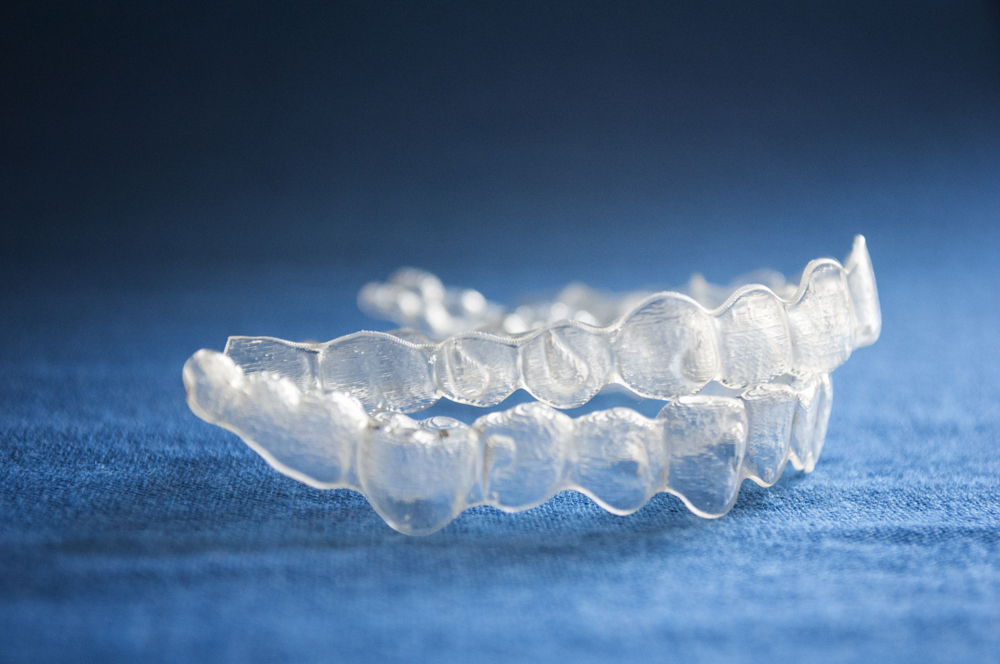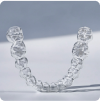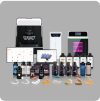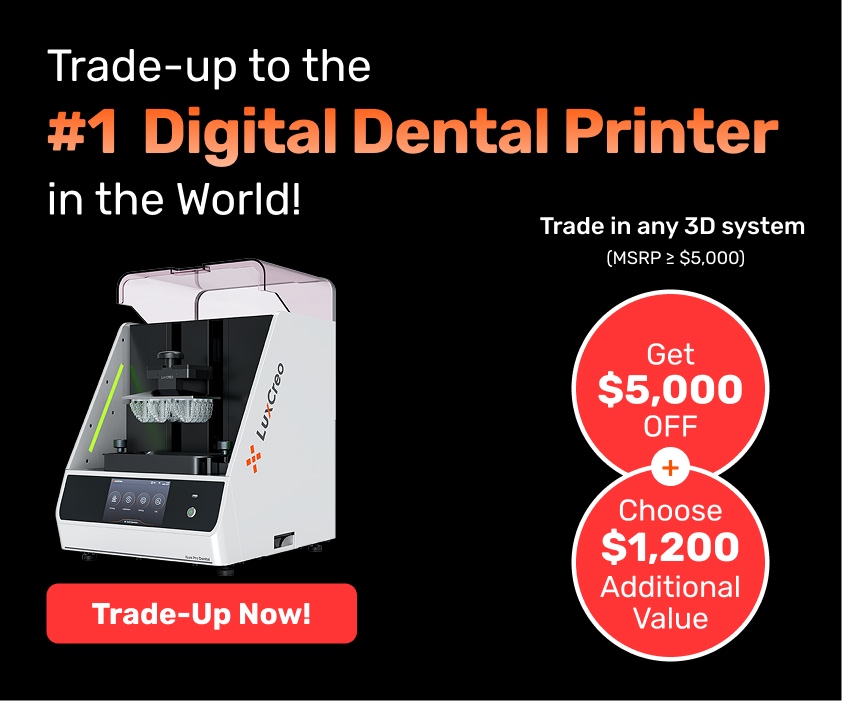
Why Bring 3D Printed Retainers Into Dental Labs and Practices?
Digital dentistry workflows have included 3D printers since the late 1990s. Dental professionals saw the technology’s potential to create custom oral appliances at a rapid pace. However, the size and cost of early 3D printers prevented most dental labs and practices from adopting them for their operations. Now, material and hardware advancements have made 3D printers accessible to a variety of dental operations.
With modern 3D printers, dental labs and orthodontist practices can make custom devices faster, accurately, and more efficiently. Compared to traditional methods, 3D printing workflows take less time and labor to produce oral appliances. Today’s innovative dental resins with advanced machines also enable strong and accurate dental devices. Dental labs and orthodontist practices use 3D printing to simplify and increase production for many appliances—including orthodontic retainers.
Here’s how 3D-printed retainers can benefit dental operations:

Simplified Production Process and Less Manual Labor
Traditionally, labs and practices produce retainers through thermoforming. Although thermoforming does create high-quality retainers, the process is long and labor-intensive.
Conventional production begins with the dentist creating the patient’s alginate dental impression after the braces are removed. Then a tech creates a plaster model or mold from the impression at the orthodontist office or at a dental lab. A plastic material sheet is vacuum formed over the model to create a retainer using a thermoforming machine. After the plastic cools, the tech buffs and polishes the retainer until it is ready for patient use immediately or sent back to the practice. Altogether, the process takes a week or more to complete if the retainers are made in a lab or require manual work and skilled labor onsite.
3D printers create retainers more efficiently and easily than conventional methods. Labs and practices streamline retainer production with a digital workflow:
- Digital scans replace physical impressions: Rather than using alginate impressions, practitioners use intraoral scanners to automatically create a 3D model of the patient’s teeth. Scanners are more comfortable for patients and have highly accurate measurements. Orthodontists send the oral scans to a lab digitally—a faster method than mailing physical dental impressions.
- Directly printing the retainer from digital scans: 3D printers can create retainers without physical dental models or thermoforming. The digital oral scan of the patient’s teeth is easily converted to a retainer model for direct printing.
- Reducing labor hours: Retainers made with the latest 3D-printable resins and 3D printers require minimal post-processing. Retainers made with thermoforming require significant labor hours to batch and print the dental model used for thermoforming. After the retainer is formed, it needs to be manually or CNC cut and then buffing the edges before ready for use. With LuxCreo’s DNG resin and dental 3D printers, up to 8 aligners can be printed and buffed in under an hour.
Better Customer Service through Quicker Turnaround
By digitalizing many of the steps to make the retainers, eliminating the need for dental models, and minimizing post-processing, 3D printers reduce the labor and turnaround times to make retainers from weeks to minutes as well as improve accuracy and patient fit. The accelerated turnaround time helps both labs and practices to increase output and serve more patients with a better service time.
For labs, the shorter turnaround time and the ability to make multiple retainers in parallel make it easier to meet large or aggregate several small orders. Making dental models and performing standard post-processing traditionally normally takes hours to complete and requires specialized skills. 3D printers allow labs to eliminate or reduce time-consuming labor steps to maximize production. LuxCreo’s industrial printing solutions, for example, can produce 6 – 8 retainers in under an hour and with less labor—a higher output than alternative methods.
For orthodontist practices, 3D printers enable in-house manufacturing. Today’s desktop 3D printers are affordable, compact, and easy to implement into existing workflows. Through in-house production, practices can provide 3D-printed retainers to patients that fit better and are delivered much faster, or depending on the patient queue, on the same day they visit the office.
Lower Costs
3D-printed retainers are not only easier to produce than traditional retainers but are more cost-effective. With direct printing, labs and practices eliminate the material costs and manual labor associated with dental models and thermoforming. The reduced post-processing also frees technicians to focus on other tasks or create more retainers for maximum efficiency. Practices can eliminate outside lab fees by adopting in-house 3D printers.
Want To Incorporate 3D Printed Retainers into Your Operation? LuxCreo Can Help
3D printing simplifies retainer production for increased efficiency. By eliminating labor steps, 3D printers produce retainers at a much faster rate than thermoforming. The rapid speed allows both labs and practices to improve customer service, and in many instances, offer same-day services. Finally, by eliminating the need for dental models and thermoforming plastic, directly printed retainers lower the cost of materials and waste.
To meet the different output needs of labs and practices, LuxCreo offers multiple dental printing solutions. For labs and other large-scale operations, LuxCreo offers Lux 3+ Dental. Equipped with a large build platform and industrial-strength hardware, Lux 3+ Dental printers can produce up to 8 retainers in less than an hour. LuxaDent is LuxCreo’s desktop printer model. LuxaDent can create all of the same devices as Lux 3D and is more compact and affordable, making it an excellent option for private practices. Contact LuxCreo today to discuss their dental 3D printing solutions.
To learn more about how 3D printed retainers can improve your dental operation, visit our contact page or call (650) 336-0888.
Subscribe to Our Newsletter
Be the first to get our latest updates and free trials!
Popular Resources
Follow Us
Featured Products

4D Aligner™
First Smart ActiveMemory™
Aligner

iLux Pro Dental Solution
Ultimate 1-Click Dental
Application Solution

LuxCloud Dental
Your One-stop Digital Dentistry
Platform

